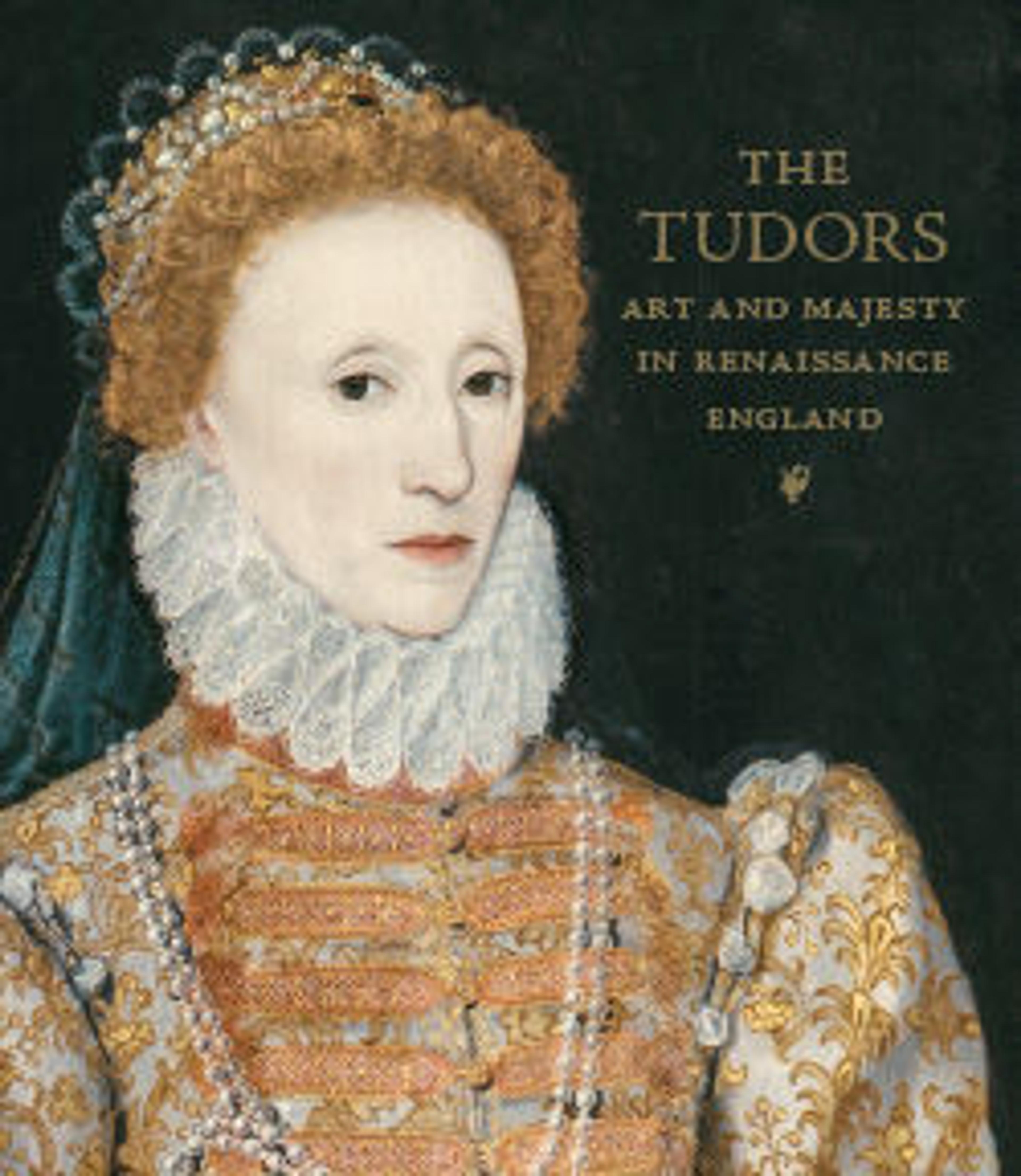'Star Ushak' Carpet
This fresh‑colored carpet is one of the earliest, largest, and best-preserved examples of its type. Woven in the Ushak region of western Turkey, "Star Ushak" carpets were made for regional consumption and for export throughout Europe. A similar carpet is depicted under the throne of the Venetian doge in a painting by Paris Bordone dating to 1534, and another is seen under the feet of Henry VIII in a sixteenth-century portrait of that ruler. Their association in European painting with royalty and sanctity underscores the status these carpets enjoyed as luxury trade goods.
Artwork Details
- Title: 'Star Ushak' Carpet
- Date: late 15th century
- Geography: Attributed to Turkey
- Medium: Wool (warp, weft, and pile); symmetrically knotted pile
- Dimensions: L.169 1/2 in. (430.5 cm)
W. 91 1/2 in. (232.4 cm) - Classification: Textiles-Rugs
- Credit Line: Gift of Joseph V. McMullan, 1958
- Object Number: 58.63
- Curatorial Department: Islamic Art
More Artwork
Research Resources
The Met provides unparalleled resources for research and welcomes an international community of students and scholars. The Met's Open Access API is where creators and researchers can connect to the The Met collection. Open Access data and public domain images are available for unrestricted commercial and noncommercial use without permission or fee.
To request images under copyright and other restrictions, please use this Image Request form.
Feedback
We continue to research and examine historical and cultural context for objects in The Met collection. If you have comments or questions about this object record, please contact us using the form below. The Museum looks forward to receiving your comments.
